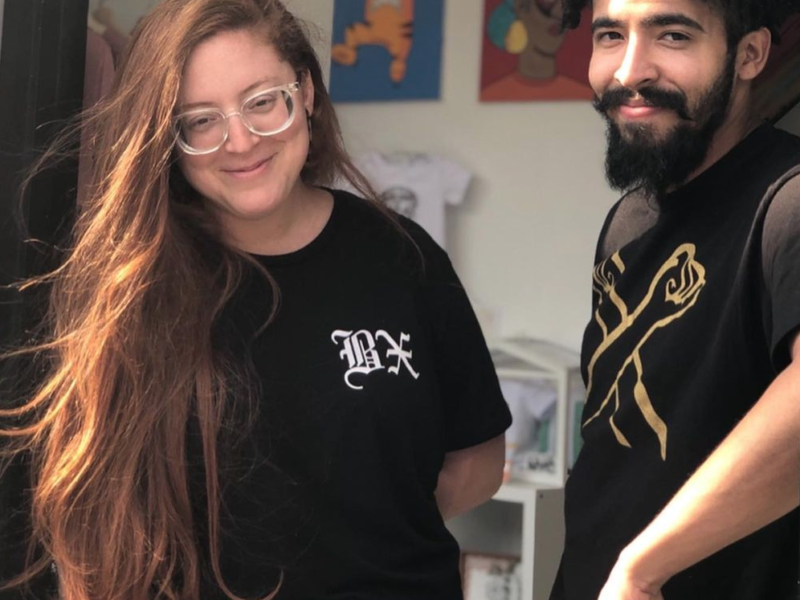THE GREAT EQUALIZER: PROPERTY TAXES, EDUCATION, AND THE BANKRUPTING OF INTELLECT PART 2 | Schools, Teachers, Education
In Part 1, we looked at the property tax bills of the most common types of housing within Districts 11, 7, and 1. We also looked at local elementary school’s budget, spending per student, and test score for Math and English. In this post, we’ll dive into the effects of school funding through property taxes, and how past mistakes still affect children in the Bronx.
Teachers play a pivotal role in the education of young children. Teachers have also taken on the role of scapegoat when it comes to problems within the educational system. In no way do we want to add to the narrative of placing the blame on teachers; our goal is simply to make a comment on what we’re noticing (from the data and from programs created by the City) as well as point to some overlooked aspects of education (since education isn’t isolated to what happens in schools).
When we looked at teachers salaries for the three schools in Part 1’s case study, the data didn’t show an explanation for the differences in test scores. In order from highest to lowest test scores, P.S. 108 had an average classroom teacher salary of $84,914.82, P.S. 86 had $81,040.37, and P.S. had $81,881.08. Even when we looked at spending per child, P.S. 108 had an average of $21,038, P.S. 86 $18,558, and P.S. 30 $22,085 compared with the City’s $21,667 average spending per student. The difference is teacher experience.
86% of teachers at P.S. 108 have at least three years of experience, 76% of teachers at P.S. 86 have at least three years of experience, while just 66% of teachers at P.S. 30 have at least three years of experience. Why are the schools with the highest need being staffed with the least experienced teachers? Could it be that the new teaching models and standards are stifling teachers from being able to teach material creatively, leading to higher teacher turnover rate? Is high teacher turnover rate forcing schools to rely on programs like Teach For America, where inexperienced transplants are thrust into lower performing schools without the classroom management skills to teach effectively (which in turn leads to more teacher turnover)? Does the instability of school staffing have long term effects on how kids learn or feel valued (i.e. if teachers don’t care enough to stay, do kids feel uncared for and less enthusiastic about learning)?
One solution the City is pushing for is to have classroom teachers resemble the makeup of the communities they serve, with the program NYC Men Teach. One of the aims is to support teachers of color so that they can stay within schools for at least three years. Having a male workforce of color that is from the community and can identify with students could be a catalyst for change in areas like District 1.
We also noticed two programs were missing from P.S. 30, but was within the budgets of the other two schools, and that’s the art and computer lab programs. Allowing kids to have different forms of creative expression as well as access to the technology they’ll have to work with later on in life is crucial to their development. For some children, their only access to a computer may be in school. Every child won’t grow up to be a famous artist or computer engineer, but creativity is a stepping stone towards innovation and can unlock a child’s mind, potential and self-worth in ways we can’t quantify. By cutting these types of programs we stifle development, creativity, and preparation for the technological age. We’re essentially bankrupting and robbing the community of it’s future revitalization when we limit the opportunities of expression and exploration for these children.
Education isn’t confined to school settings. It begins in the home. We obviously don’t know what the home life of every student is within these schools, but we are unfortunately aware of a common narrative within under resourced communities. Parents are working multiple jobs to make ends meet. With little time and energy, parents try their hardest to help their kids with homework. Sometimes kids have to try to figure out common core math on their own, as their parents may struggle to understand what the homework is asking. With little support, children can fall into despair, giving up on completing homework assignments and classwork. Neighborhoods with more resources may have the luxury of time. Parents may have just one income, with one parent choosing to take on the majority of child-rearing responsibilities. With more time to spend with their kids, they can focus on life lessons that aren’t centered around homework assignments. They may be able to afford tutoring if their child is falling behind or looking to learn more and stay ahead. The vicious/virtuous cycles of the under/more resourced communities continues.
In our next post in this series, we’ll talk about college and workforce economics.


